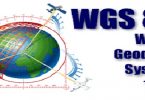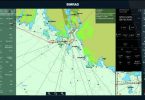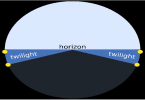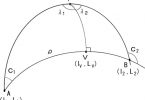What is controlled Gyroscope?
A free gyroscope suffers an apparent movement in both azimuth and tilt of the rotor axis depending upon its latitudinal location. When fitted to a vessel the latitude is known and consequently the extent of movement in azimuth and tilt is also known. It is possible therefore to calculate the necessary force required to produce a reciprocal action to correct the effect of apparent movement.
A force can be applied to the gyro that will cause both azimuth and tilt precession to occur in opposition to the unwanted force caused by the gyro’s position on the earth. If the gyro is drifting in azimuth at ‘D’ degrees per hour in an anticlockwise direction, an upward force sufficient to cause clockwise precession at a rate of ‘–D’ degrees per hour must be applied vertically to the appropriate end of the rotor axle. The result will be that the gyro drift is cancelled and the instrument points to a fixed point on earth.
Gyro tilt movement can also be cancelled in a similar way by applying an equal and opposite force horizontally to the appropriate end of the rotor axle.





